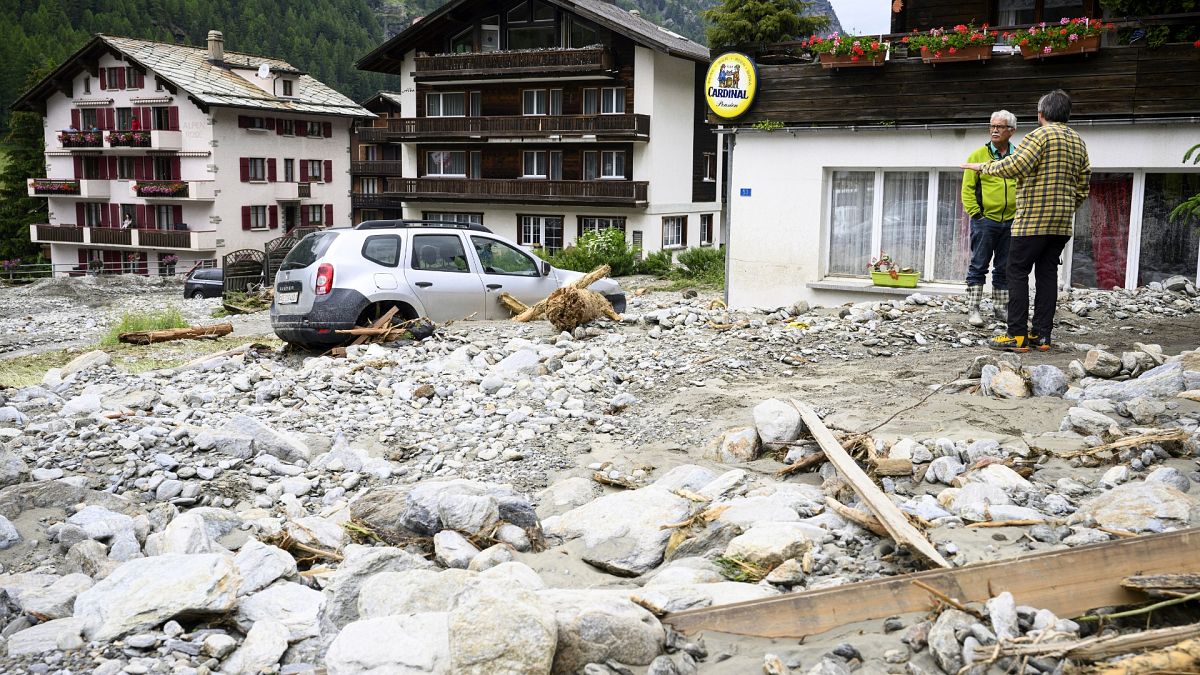Very few studies have so far explored the impact that extreme weather will have on different countries.
Extreme weather is set to strengthen rapidly over the next 20 years, a new study has warned.
Scientists from the CICERO Center for International Climate Research in Norway say nearly three-quarters of the world’s population will see dramatic changes in weather conditions unless greenhouse gas emissions are cut rapidly.
The new study, published in the journal Nature Geoscience, shows how global warming can combine with normal variations in weather to produce decade-long periods with rapid changes in rainfall and temperatures.
Natural events like El Niño can change weather conditions leading to peaks in rainfall and temperature. As the world becomes warmer and wetter, however, extreme events begin to shift away from what society and ecosystems can cope with.
Where will extreme weather changes have the most impact?
Very few studies have so far explored the impact extreme weather will have on different countries. Researchers used four different climate simulations to find out how much peak rainfall and temperatures could shift over the next two decades.
“We focus on regional changes, due to their increased relevance to the experience of people and ecosystems compared with the global mean, and identify regions projected to experience substantial changes in rates of one or more extreme event indices over the coming decades,” says Dr Carley Iles, lead author of the research at CICERO.
Under a scenario where little is done to reduce greenhouse gas emissions, regions like the Mediterranean, Northwestern and Southern America and Eastern Asia could expect “sustained, unprecedented rates of change for two or more decades”.
Many of the regions projected to see the most rapid changes include low-income countries which are particularly vulnerable to the impacts of extreme weather.
Is it too late to stop these extreme weather changes?
Current climate simulations show that around 70 per cent of the world’s population – 5.6 billion people – should expect changes in extreme temperatures and rainfall in a future scenario with high emissions.
Some changes are already locked in with the study revealing just how quickly weather conditions will change in the next 20 years even with emissions cuts.
Even with strong mitigation efforts in line with the aims of the Paris Agreement, 20 per cent of the global population or around 1.5 billion people will still be affected. The most dramatic changes in this scenario will be limited to the Arabian Peninsula and South Asia.
This has important implications for climate adaptation efforts around the world.
“In the best case, we calculate that rapid changes will affect 1.5 billion people,” says Dr Bjørn H. Samset at the CICERO Center for International Climate Research.
“The only way to deal with this is to prepare for a situation with a much higher likelihood of unprecedented extreme events, already in the next one to two decades.”
The researchers warn about the potentially deadly consequences of these climate change impacts, from heatwave mortality to flooding.

